To know the potential difference across a capacitor, you also need to consider what is happening as a function of time. This is what makes a capacitor useful. If you apply a DC voltage to a capacitor, the potential difference across the capacitor will be that DC voltage.
If that voltage changes, then a current will flow with the aim of making the capacitor voltage the same as the applied voltage. Ideally, this current has no limit, and the voltages are always identical, but in practice there is some series resistance, even if only the non-ideal resistance of the wires and the capacitor, that limits the current and introduces a difference.
The magnitude of the current that will flow (ideally) is a function of the rate of change of voltage, and the capacitance:
\$ I = C\dfrac{dV(t)}{dt} \$
As others have said, it's unclear what you are trying to accomplish or what you are asking, so it's difficult to more directly answer your question.
